
Fremantle is a port city in Western Australia located at the mouth of the Swan River in the metropolitan area of Perth, the state capital. Fremantle Harbour serves as the port of Perth. The Western Australian vernacular diminutive for Fremantle is Freo.

The City of Kwinana is a local government area of Western Australia. It covers an area of approximately 118 square kilometres in metropolitan Perth, and lies about 38 km south of the Perth central business district, via the Kwinana Freeway. Kwinana maintains 287 km of roads and had a population of almost 39,000 as at the 2016 Census.

King George Sound is a sound on the south coast of Western Australia. Named King George the Third's Sound in 1791, it was referred to as King George's Sound from 1805. The name "King George Sound" gradually came into use from about 1934, prompted by new Admiralty charts supporting the intention to eliminate the possessive 's' from geographical names.
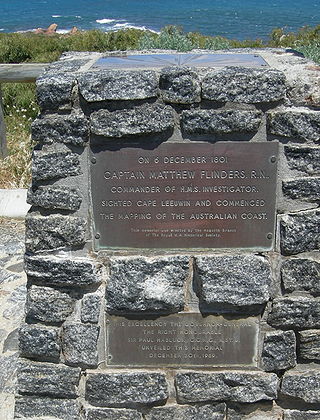
Flinders Bay is a bay that is immediately south of the townsite of Augusta, and close to the mouth of the Blackwood River.
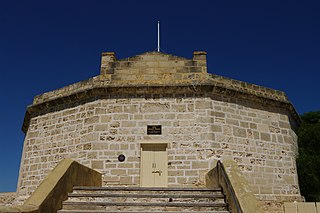
The Round House was the first permanent building built in the Swan River Colony. Built in late 1830 and opened in 1831, it is the oldest building still standing in Western Australia.
Over 1400 ships have been wrecked on the coast of Western Australia. This relatively large number of shipwrecks is due to a number of factors, including:

Whaling was one of the first viable industries established in the Swan River Colony following the 1829 arrival of British settlers to Western Australia. The industry had numerous ups and downs until the last whaling station closed in Albany in 1978.

Challenger Harbour is a marina in Fremantle, Western Australia adjacent to the Fremantle Fishing Boat Harbour. The harbour breakwater covers the historical site of the Fremantle Long Jetty.
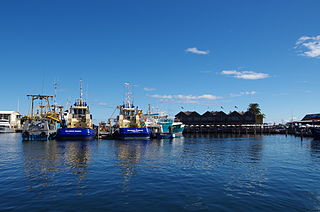
Fremantle Fishing Boat Harbour is a marina in Fremantle, Western Australia adjacent to the more recently constructed Challenger Harbour. It provides large sheltered mooring areas and wharf space for vessels up to 60 metres, refuelling facilities and support services to the Fremantle fishing industry.

Fremantle Harbour is Western Australia's largest and busiest general cargo port and an important historical site. The inner harbour handles a large volume of sea containers, vehicle imports and livestock exports, cruise shipping and naval visits, and operates 24 hours a day. It is located adjacent to the city of Fremantle, in the Perth metropolitan region.
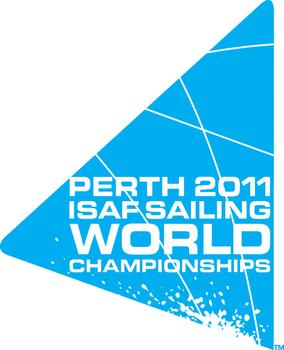
The 2011 ISAF Sailing World Championships was held in Perth, Western Australia, this was the third edition of the ISAF Sailing World Championships. It is the world championships for all disciplines used at the upcoming Olympics. As it used to allocate 75% of the qualification quota for the 2012 Summer Olympics this event has added significance.
Henry Willey Reveley (1788–1875) was a civil engineer responsible for the earliest public works at the Swan River Colony, the foundation of the state of Western Australia.
Joan Ruth Campbell MBE (1925–1997) was a Victorian born potter/ceramic artist.

Fremantle Long Jetty was constructed in 1873 to replace the smaller South Jetty which had become too small for the large amounts of vessels entering the colony in Western Australia. The jetty lies in Bather's Bay which has been an occupation site since the Swan River Colony was established in 1829. It was a centre of trade and communications that served Fremantle and Perth until Fremantle Harbour was opened. An increased amount of shipping made it necessary to improve the harbouring facilities by the late 1860s. Long Jetty was built as a less expensive alternative to building a harbour at the mouth of the Swan River due to a lack of funds and technological shortcomings.
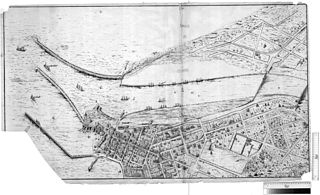
Victoria Quay is a wharf on the south bank of the Swan River mouth in the Western Australian port city of Fremantle. It is separated from the Fremantle CBD by the railway line. Originally named South Quay, it was renamed Victoria Quay on 26 July 1901 in honour of the late Queen Victoria. With North Quay it forms the Inner Harbour area of Fremantle Harbour.

Esplanade Park is a public reserve in Fremantle, Western Australia. Situated on Marine Terrace and opposite the Esplanade Hotel, the reserve features about 100 mature Norfolk Island pines and the Explorers' Monument.
Anthony Curtis was an Australian whaler and businessperson. Owner of many ships, Curtis sent the Fanny, which weighed between 25 and 36 tonnes, to Java, Indonesia, in December 1834, and also purchased the Lady Sterling in the same year.
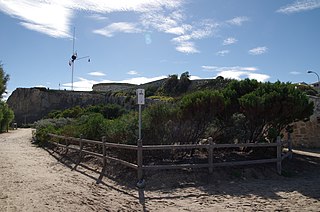
Arthur Head in Fremantle, Western Australia, is a former large limestone headland on the southern side of the mouth of the Swan River, now also the entry to Fremantle Harbour.
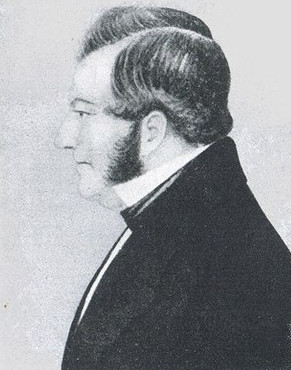
Daniel Scott was a Western Australian harbour-master. Originally from Liverpool, England, he moved to the newly established Swan River Colony in 1829. Scott was the first chair of the Fremantle Town Trust in 1848. In addition to his civic and harbour duties, he was involved with launching a number of enterprises in early Western Australia, including the first whaling business, the first ship builders, and a lead mining business.
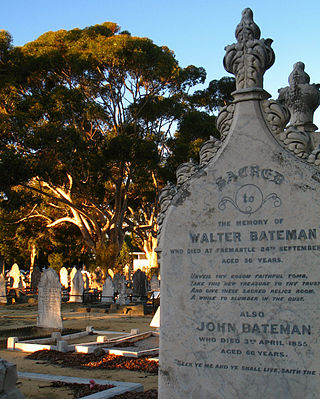
John Bateman was an early colonist at Fremantle. He was the postmaster, general store owner and an investor in the Fremantle Whaling Company. The suburb of Bateman is named after him and his family.
















